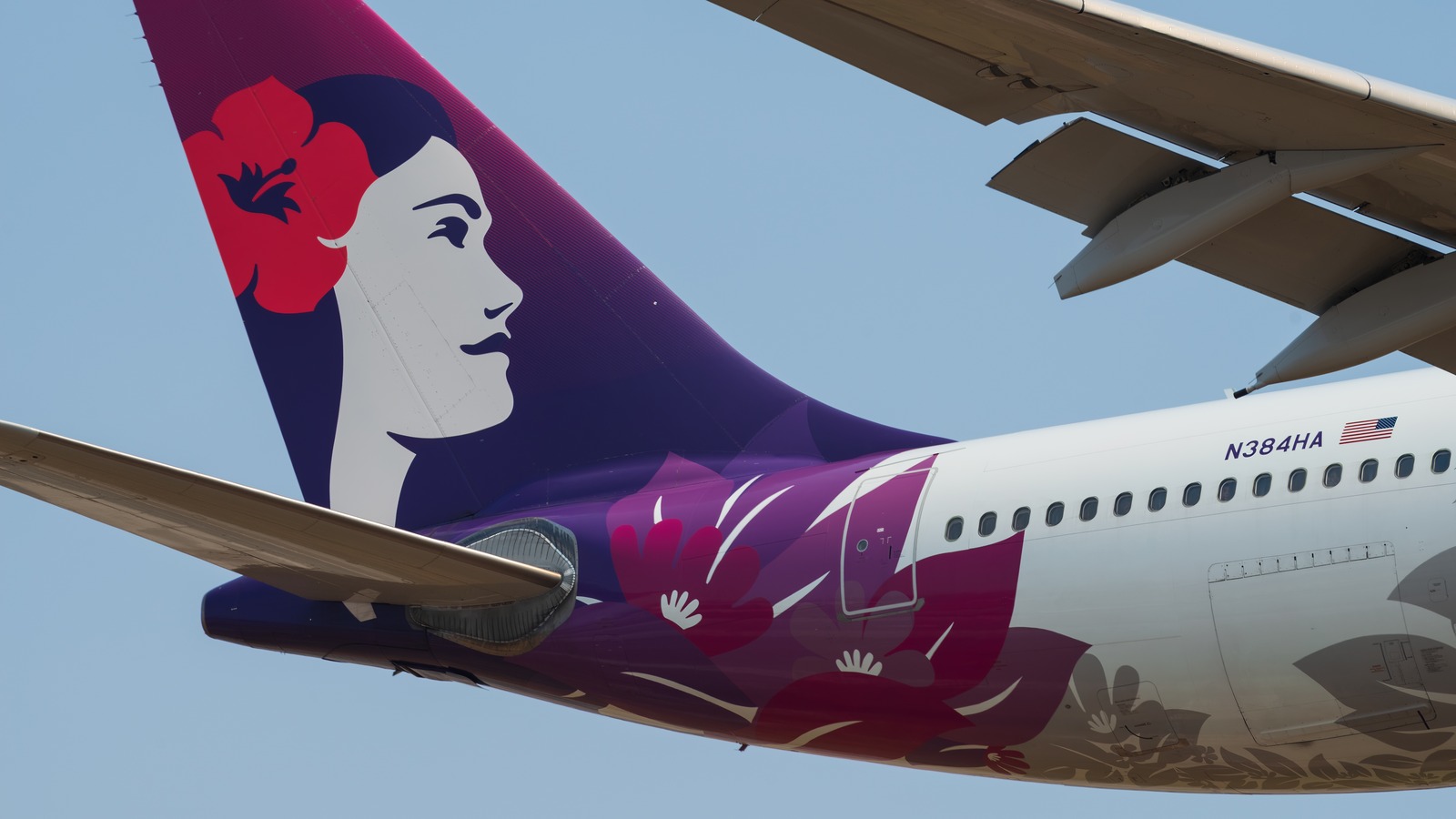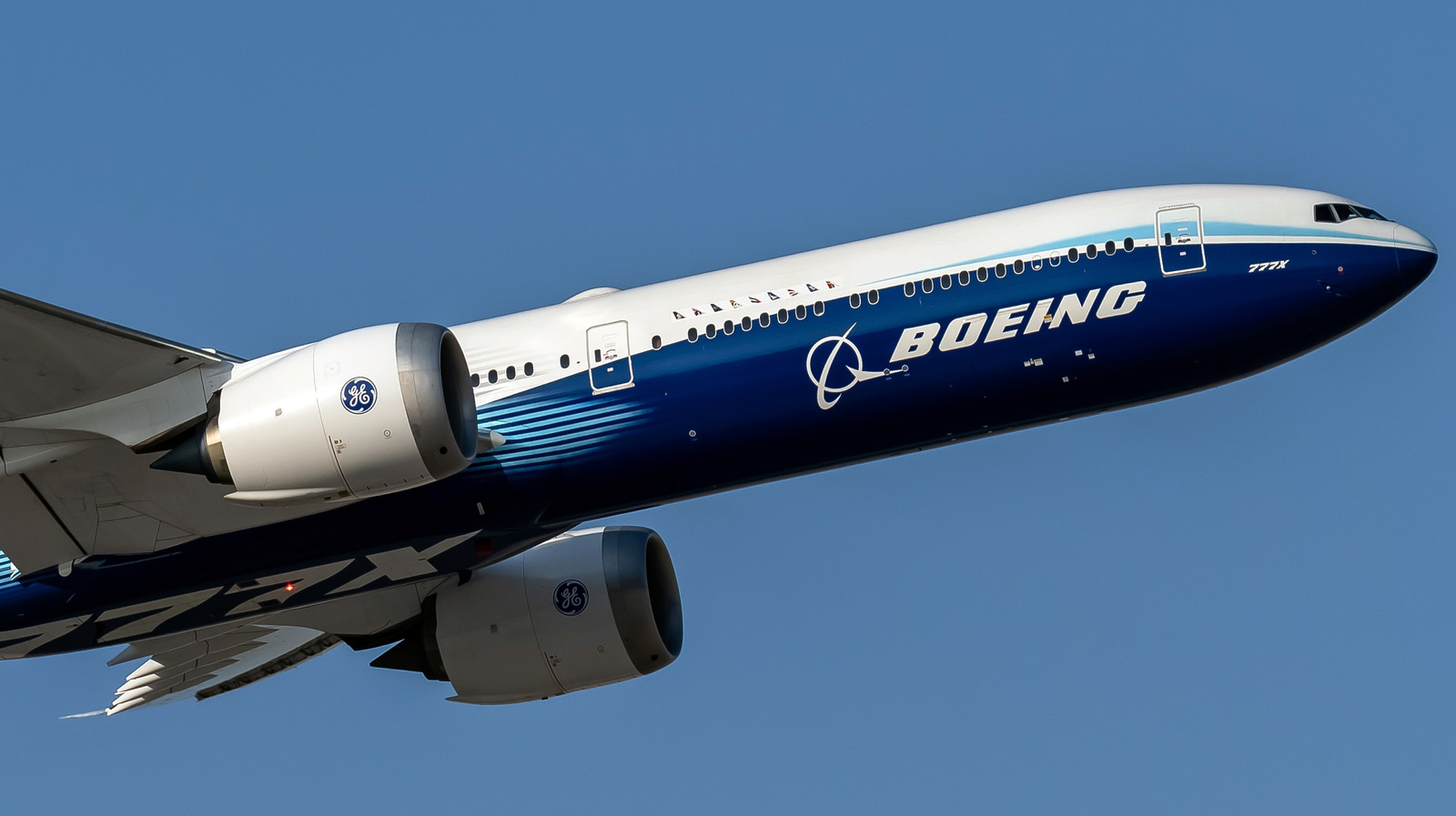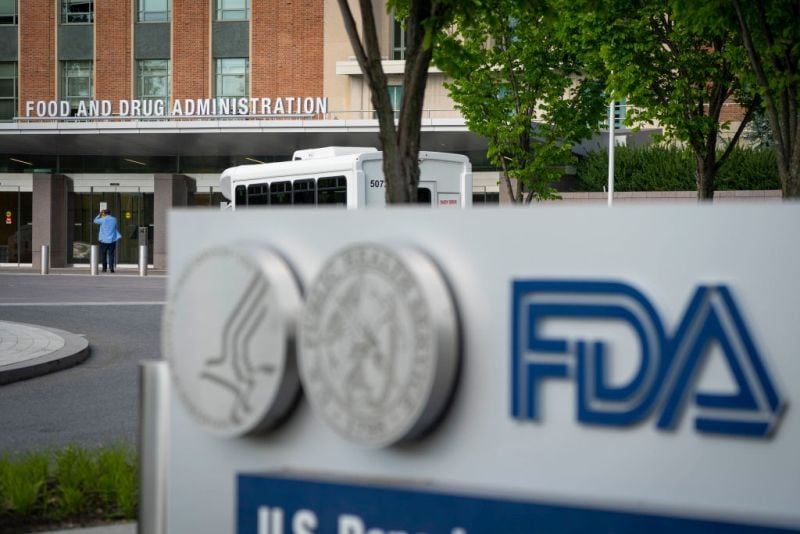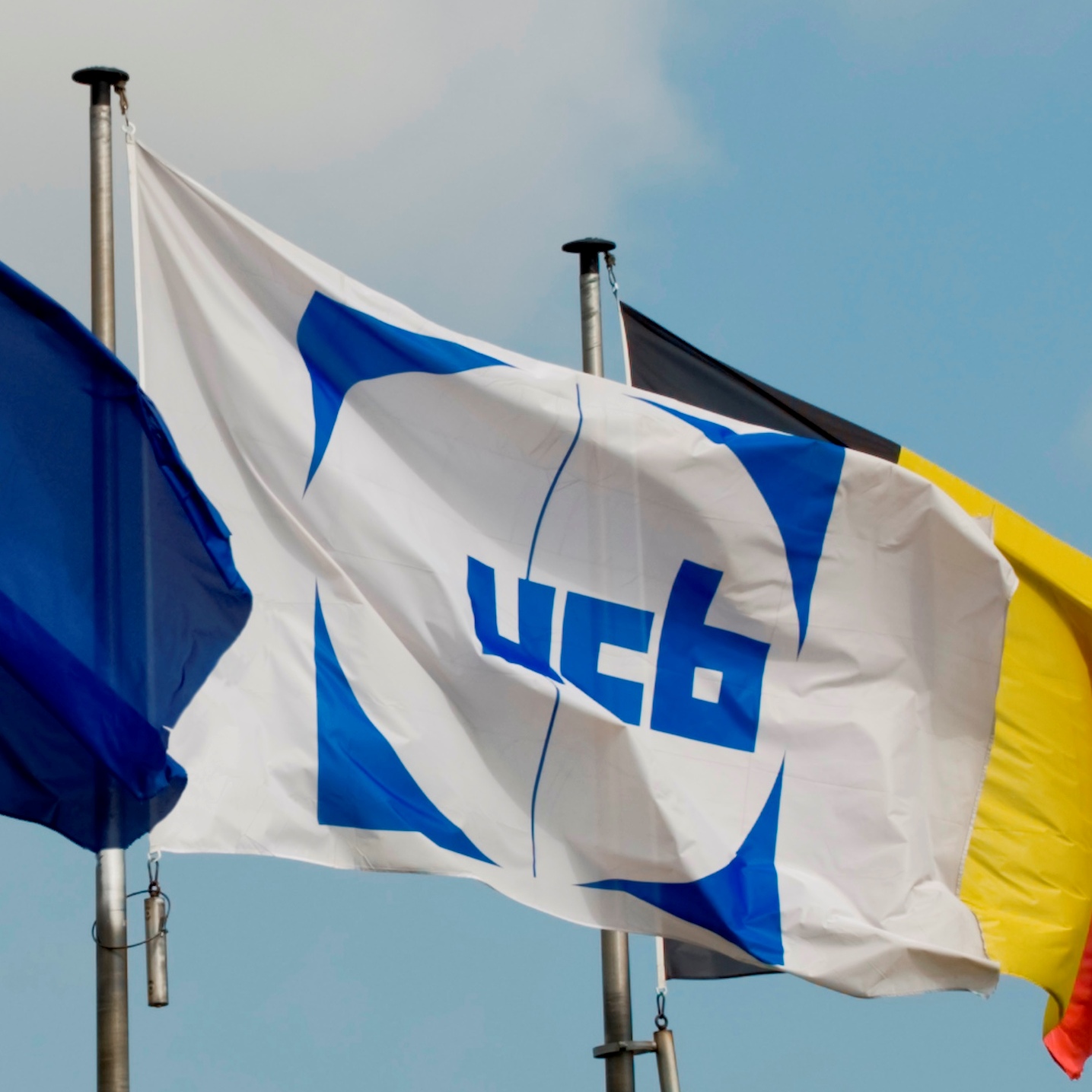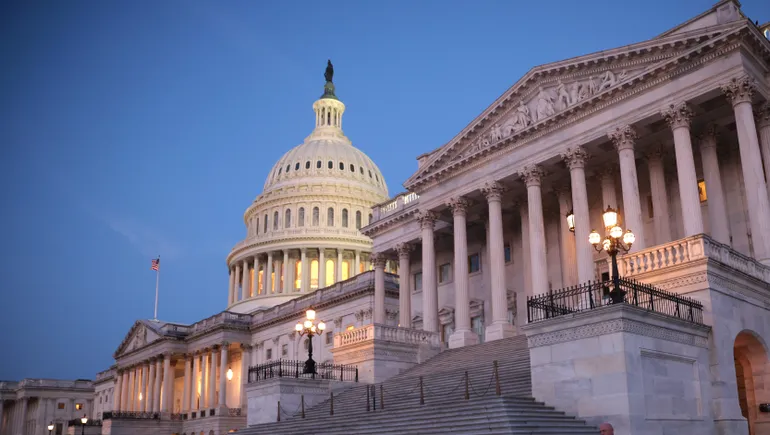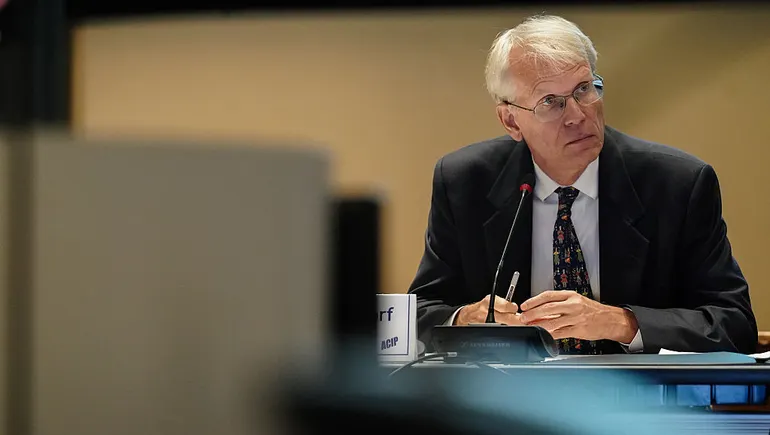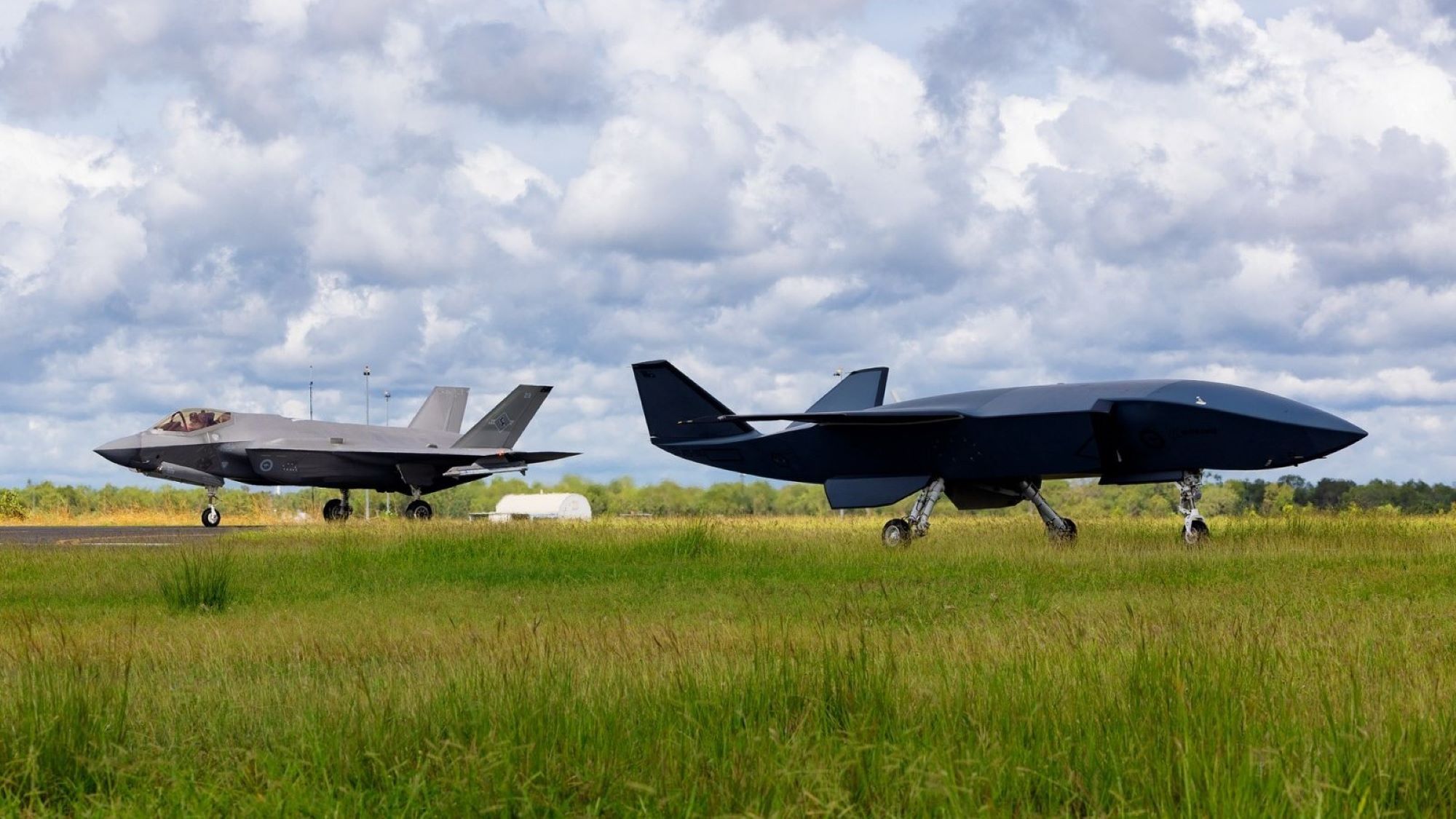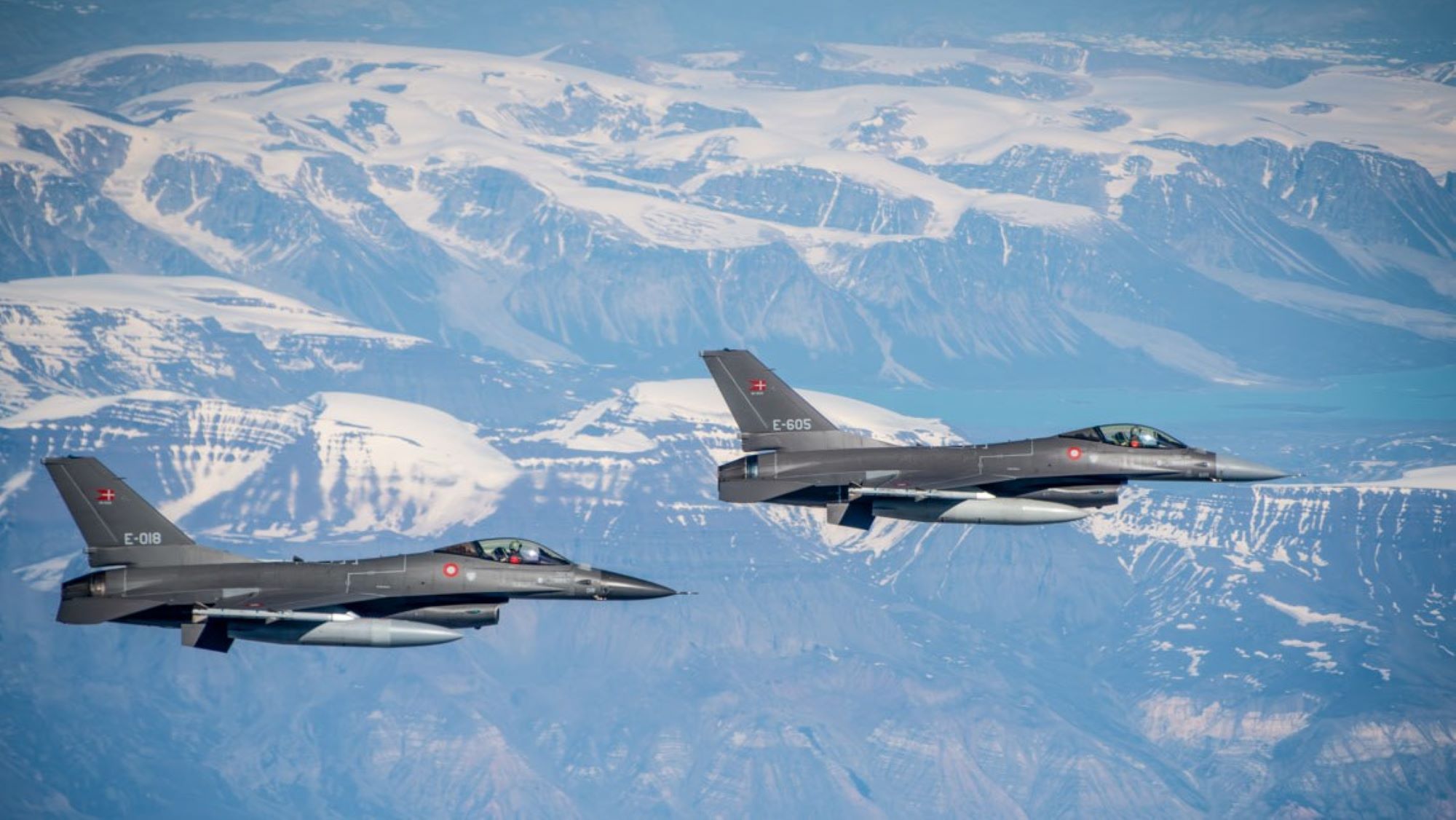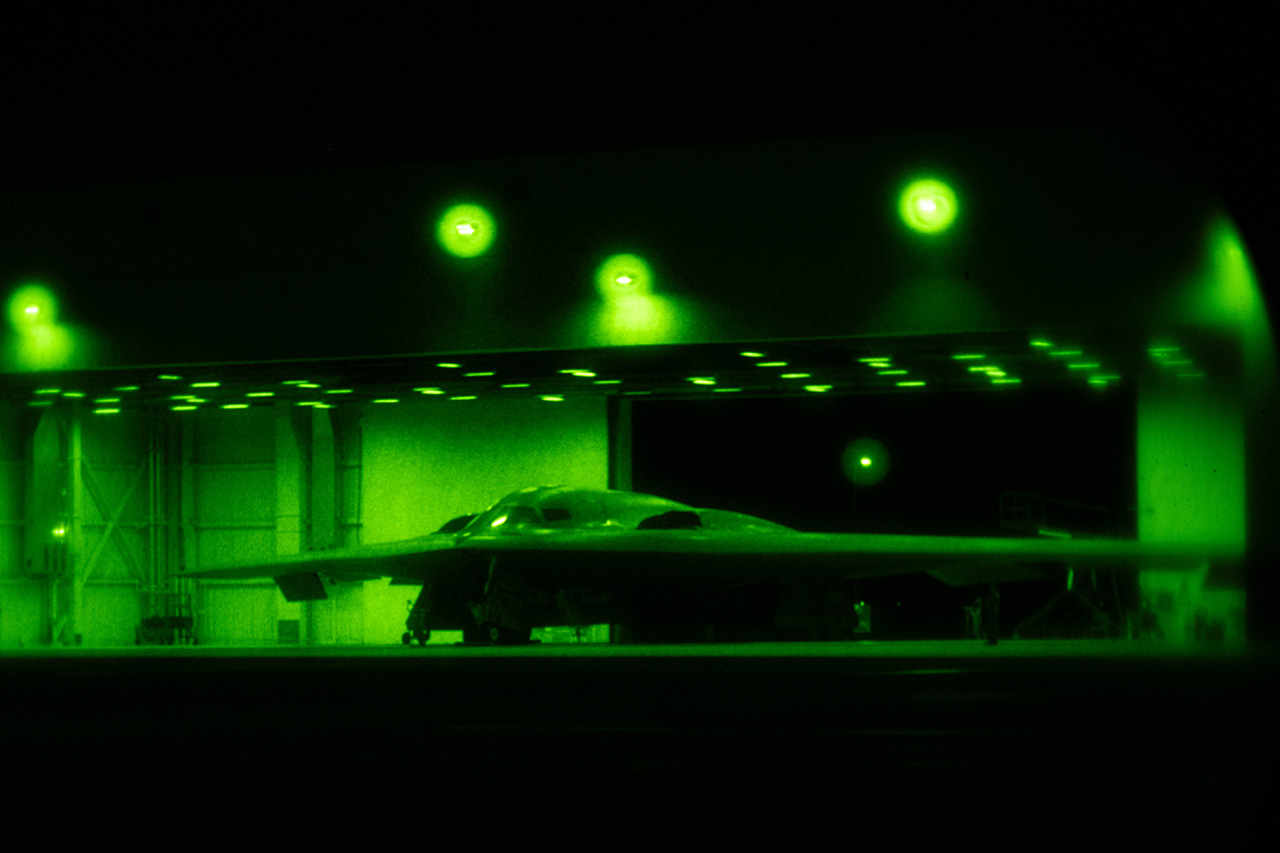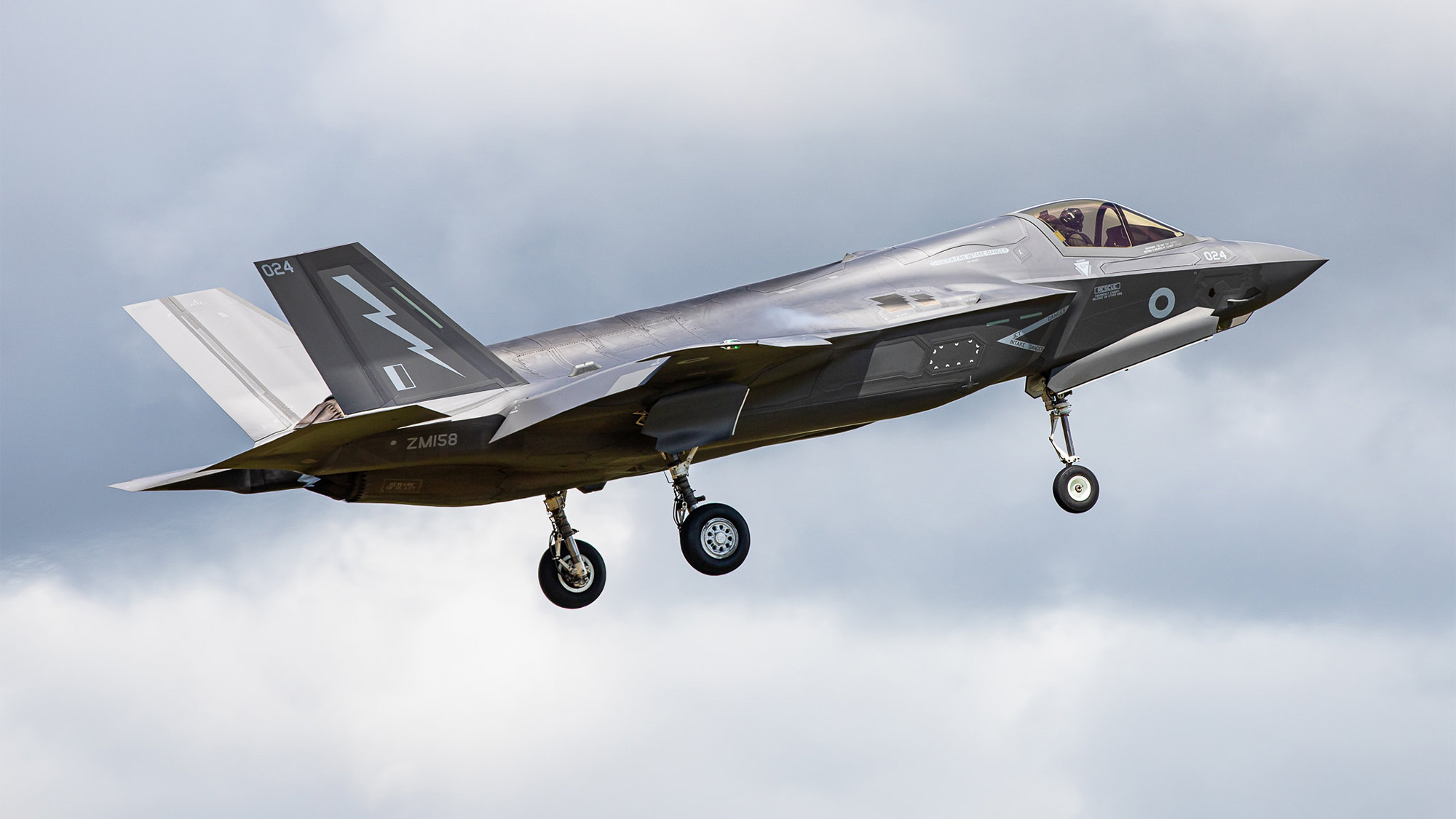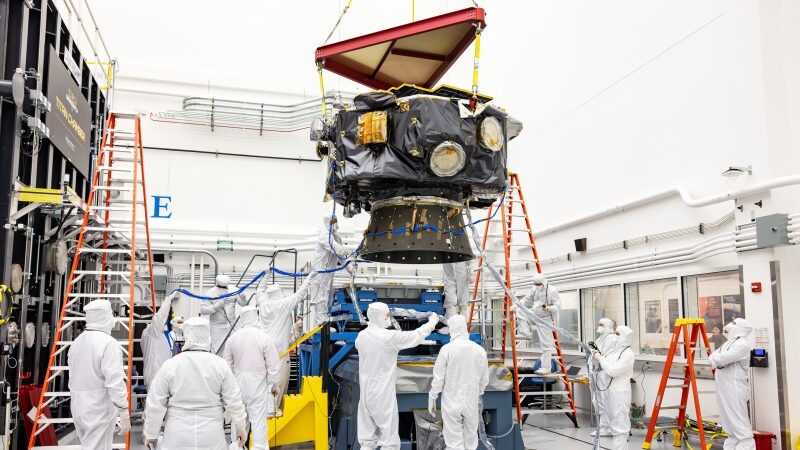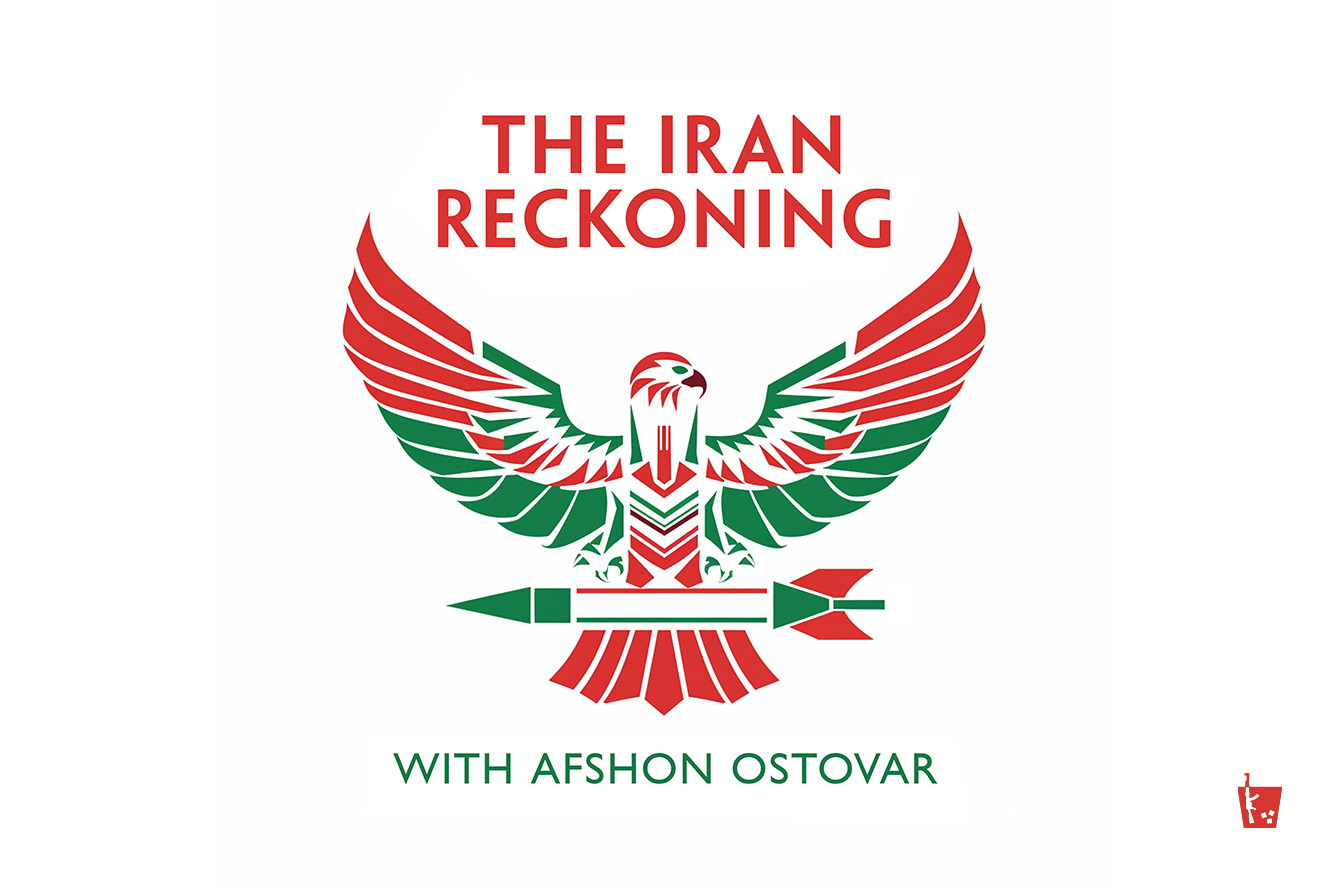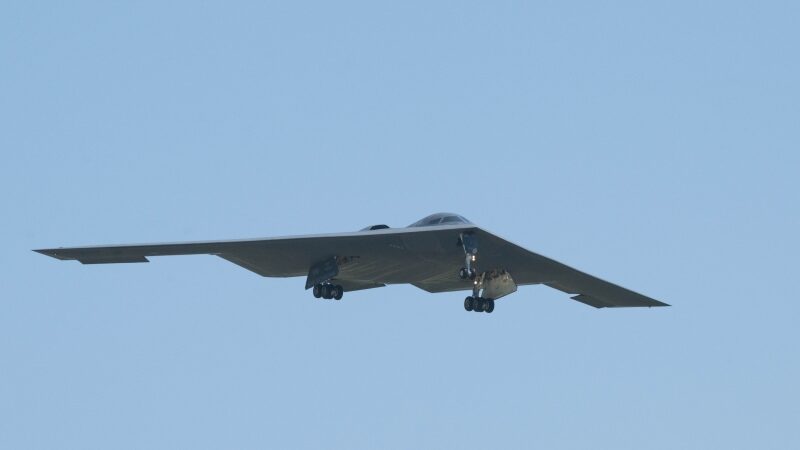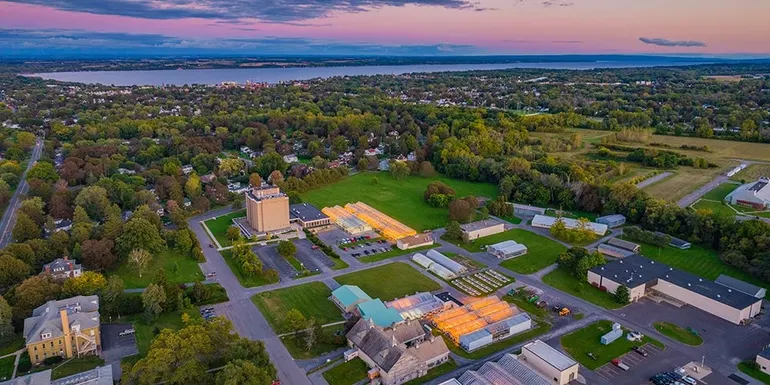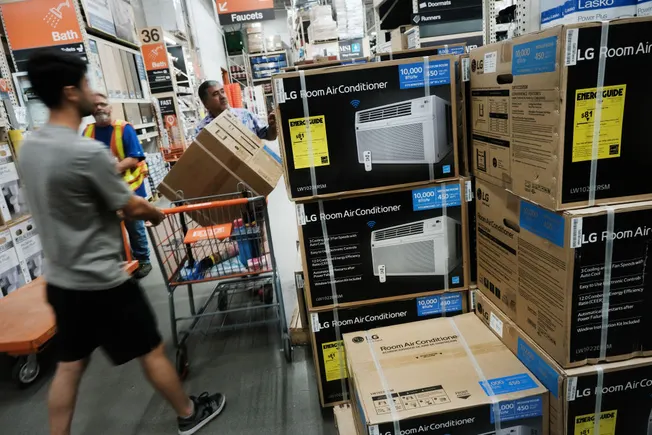The Resurgence of Executive Perquisites
Compensation policies are adopted to align with a company’s culture, its business needs and strategies and market trends. An effective compensation program plays a pivotal role in attracting and retaining key talent without incurring unnecessary costs. Perquisites, while usually a small component of executive pay packages, are currently soaring — and becoming a point of […]

Krishna Shah is a Senior Director of North American Compensation Research at Glass, Lewis & Co. This post is based on a Glass Lewis memorandum by Ms. Shah and Dimitri Zagoroff.
Compensation policies are adopted to align with a company’s culture, its business needs and strategies and market trends. An effective compensation program plays a pivotal role in attracting and retaining key talent without incurring unnecessary costs.
Perquisites, while usually a small component of executive pay packages, are currently soaring — and becoming a point of focus among shareholders and the public. Perquisites are often provided to support the executives in performing their duties, but the exclusivity it offers can also serve as a status symbol. They can become problematic when they become excessive, underscoring broader concerns with executive compensation practices. Ultimately, while perquisites will remain a constant feature of executive pay packages, a recent spike in perquisite costs is testing shareholder tolerance. In this post, we look at what is driving that spike, with a focus on aircraft, housing and security, and at how companies are reporting the costs.




























